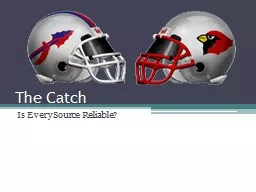PPT-CATCH Elementary Overview
Author : karlyn-bohler | Published Date : 2017-08-08
1999 Obesity Trends Among US Adults BRFSS 1990 1999 2010 BMI 30 or about 30 lbs overweight for 54 person 2010 1990 No Data lt10 1014 1519 2024 2529 30
Presentation Embed Code
Download Presentation
Download Presentation The PPT/PDF document "CATCH Elementary Overview" is the property of its rightful owner. Permission is granted to download and print the materials on this website for personal, non-commercial use only, and to display it on your personal computer provided you do not modify the materials and that you retain all copyright notices contained in the materials. By downloading content from our website, you accept the terms of this agreement.
CATCH Elementary Overview: Transcript
Download Rules Of Document
"CATCH Elementary Overview"The content belongs to its owner. You may download and print it for personal use, without modification, and keep all copyright notices. By downloading, you agree to these terms.
Related Documents














